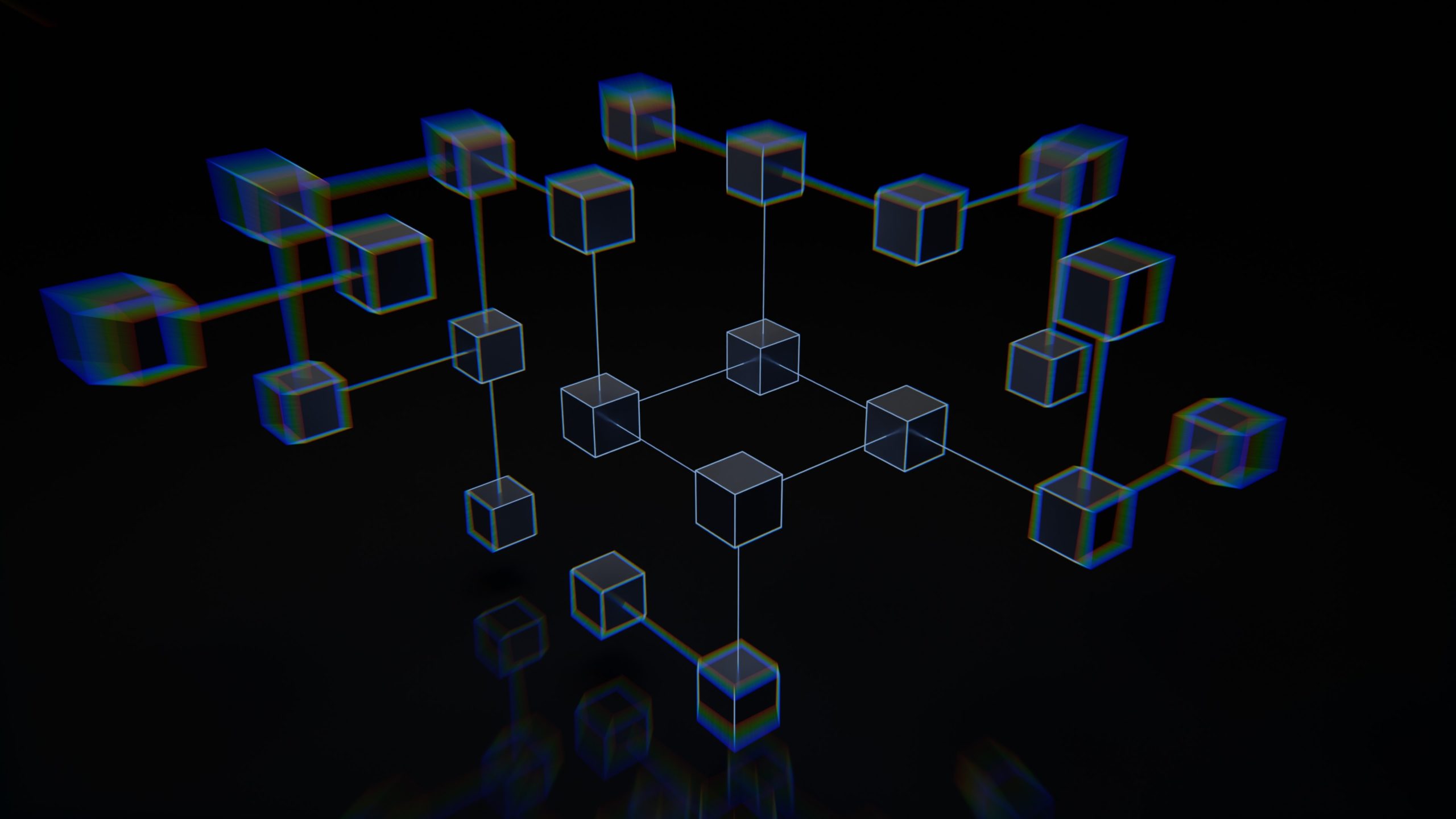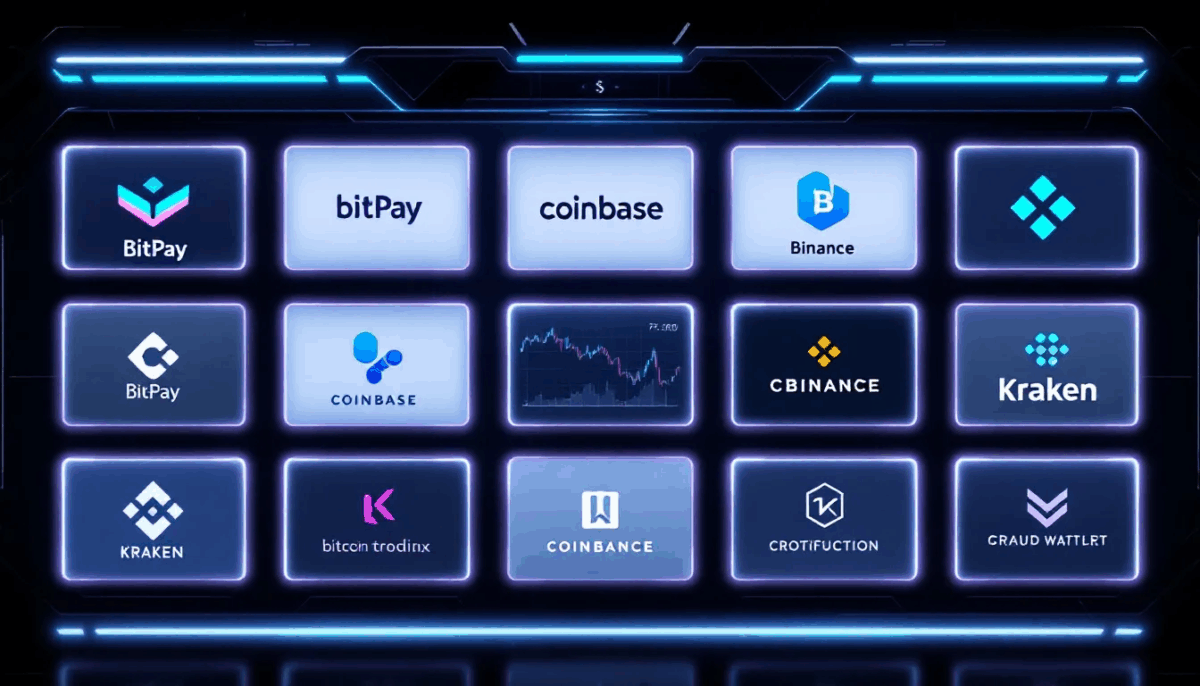If you’ve ever heard of Bitcoin and what it is or Ethereum, then you’ve probably heard of the term “blockchain” as well. But what exactly is a blockchain, and how does it work? In this article, we’ll provide a simple explanation of what a blockchain is and how it relates to cryptocurrencies.
Defining a blockchain
At its simplest, a blockchain is a digital ledger that records transactions in a decentralized and secure manner. In other words, it’s a database that stores information about transactions, and this database is distributed across a network of computers, rather than being owned and controlled by a single entity.
The term “blockchain” refers to the way that the transactions are recorded and stored in the database. Each transaction is recorded in a “block” of data, which is then added to a “chain” of blocks. The blocks are linked together in a linear, chronological order, which means that the entire history of the database can be traced back to its very first block.
Key Characteristics of Blockchain
- Decentralized: The data on a blockchain is stored on a distributed network of computers, rather than a central server or authority.
- Immutable: Once a block is added to the blockchain, it cannot be altered or deleted.
- Secure: The use of cryptography and consensus algorithms ensures that the data on the blockchain is secure and resistant to tampering.
How does a blockchain work?
To understand how a blockchain works, let’s look at the example of Bitcoin. When someone sends a Bitcoin to another person, the transaction is broadcast to the network of computers that make up the Bitcoin network. The computers use complex algorithms to verify the transaction and add it to a new block of data.
Before a new block can be added to the chain, however, it needs to be validated by the network. This is done through a process known as “mining,” which involves solving a complex mathematical puzzle. The first computer to solve the puzzle and validate the new block is rewarded with a certain number of new Bitcoins.
Once the new block has been added to the chain, it cannot be altered or deleted. This is because each block in the chain contains a unique “hash,” which is a code that is generated using the data in the block. If any part of the data in the block is changed, the hash will also change, which means that the entire chain will be invalidated.
Key Components of a Blockchain
- Blocks: Each block contains a record of several transactions, as well as a unique hash code and a reference to the previous block in the chain.
- Nodes: These are the computers that make up the blockchain network and are responsible for verifying and validating new transactions and blocks.
- Consensus algorithms: These are the rules that govern how new blocks are added to the blockchain and how consensus is reached among the network of nodes.
Why is blockchain important for cryptocurrencies?
The reason that blockchain is so important for cryptocurrencies is that it provides a secure and decentralized way to store and record transactions. Prior to the invention of blockchain, it was difficult to create a digital currency that was truly decentralized, because it was impossible to prevent people from double-spending the currency or falsifying transactions.
By using a blockchain, however, cryptocurrencies can be created and managed in a way that is transparent, secure, and resistant to tampering. This has allowed Bitcoin and other cryptocurrencies to gain widespread adoption and become a viable alternative to traditional fiat currencies.
Benefits of Blockchain for Cryptocurrencies
- Decentralization: No central authority or intermediary is required to manage transactions, which reduces the riskof censorship and hacking.
- Transparency: All transactions on the blockchain are publicly visible and can be audited, which ensures that there is no fraudulent activity or insider trading.
- Security: The use of cryptography and consensus algorithms ensures that the data on the blockchain is secure and resistant to tampering.
Other Applications of Blockchain
While blockchain technology was originally developed for cryptocurrencies, it has the potential to revolutionize many other industries as well. Here are some of the other applications of blockchain:
- Supply Chain Management: Blockchain can be used to track the movement of goods and products throughout the supply chain, which can improve transparency and reduce fraud and counterfeiting.
- Healthcare: Blockchain can be used to securely store and share medical records, which can improve patient privacy and security, as well as reduce administrative costs.
- Voting: Blockchain can be used to create a secure and transparent voting system, which can reduce the risk of voter fraud and increase public trust in the electoral process.
- Real Estate: Blockchain can be used to create a transparent and secure record of property ownership and transfer, which can reduce the risk of fraud and improve the efficiency of the real estate market.
Conclusion
In summary, a blockchain is a digital ledger that records transactions in a decentralized and secure manner. It works by using complex algorithms to validate and add new transactions to a chain of blocks, which cannot be altered or deleted once they have been added. The security and decentralization provided by blockchain technology make it an essential tool for cryptocurrencies like Bitcoin and Ethereum, and it has the potential to revolutionize many other industries as well. As blockchain technology continues to evolve and mature, we can expect to see even more innovative applications in the future.


![Top VIP Crypto Casinos with High Roller Perks [2025]](https://coinnews.com/wp-content/uploads/2025/05/cbf67059-de4a-485a-b7cc-603b861d1eef-e1748341865818.png)





